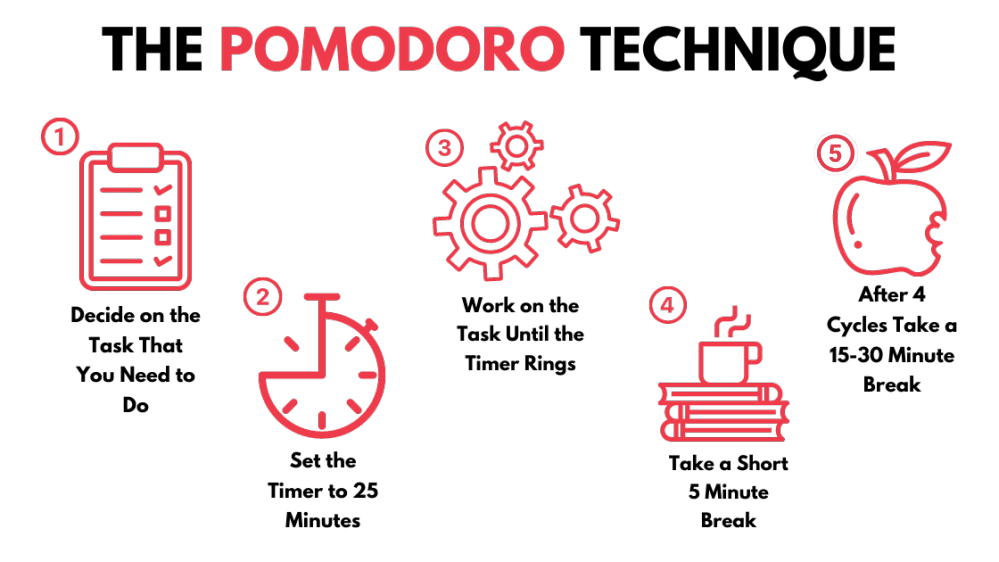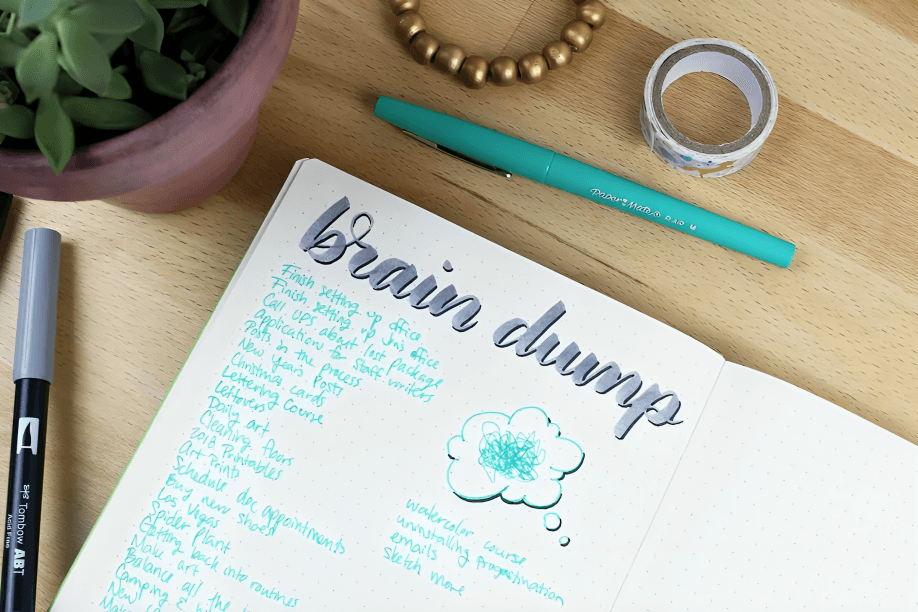
“
In today’s hyper-connected world, managing digital overload and screen time is important to protect mental health, increase productivity, and enjoy a balanced life. Constant device use can lead to fatigue, stress, and even burnout. Whether it’s for work, entertainment, or social interaction, setting boundaries is key to digital wellness.1
1
”
Dr. Daniel Levitin, a neuroscientist, suggests that multitasking causes cognitive depletion. He emphasizes focusing on one task at a time to reduce mental strain and concentration during digital engagement. 1
Establishing boundaries, like tech-free meals or designated device-free hours, prevents digital overload by fostering healthier habits and giving time for self-care, personal relationships, and relaxation away from screens. 2
Prioritizing information sources by categorizing them helps manage overload, allowing users to focus on important content and avoid unnecessary distractions from irrelevant data while engaging with digital media. 3

Adopting time-management strategies like the Pomodoro Technique, working in short, intense bursts followed by breaks, helps reduce burnout and supports sustained productivity while limiting screen time.
Creating tech-free zones in the home—such as bedrooms or dining areas—encourages healthier living and face-to-face interactions, fostering connection and decreasing screen dependency, enhancing mental well-being. 4
Using built-in screen time limits on devices or third-party apps provides users with control over their daily digital consumption, promoting healthier device habits and reducing mindless scrolling. 5
Practicing mindfulness techniques, like meditation or deep breathing, helps to calm the mind and reduce stress associated with constant digital exposure, fostering a clearer, more focused mental state. 6
Regularly decluttering your email inbox by unsubscribing from unnecessary lists reduces distractions and the feeling of overwhelm, helping you focus on important communications rather than getting bogged down. 7
Physical activities, like walking or yoga, provide an effective alternative to screen time, improving both physical and mental health, reducing stress, and promoting a more balanced lifestyle. 8
Enabling grayscale mode on smartphones makes screens less visually appealing, discourages prolonged use, and helps individuals reduce screen time and avoid over-engagement with mobile devices. 9

Engaging in offline hobbies, such as reading, painting, or gardening, offers fulfilling alternatives to screen-based entertainment. This encourages creativity and mental relaxation.
The 20-20-20 rule is an effective method for reducing eye strain. Every 20 minutes, look at something 20 feet away for 20 seconds to give your eyes a break from prolonged screen exposure. 10
Curating social media feeds to include positive, uplifting content can improve emotional well-being, reducing the negative effects of social comparison and helping individuals foster a healthier digital environment. 11
Setting a digital curfew—turning off devices an hour before bed—improves sleep quality and minimizes exposure to blue light, which can disrupt the body's natural circadian rhythm and interfere with restful sleep. 12
Activating focus modes or "Do Not Disturb" settings during work or study hours minimizes distractions, improves concentration, and enables individuals to stay focused on important tasks, reducing screen time. 13

Engaging in "brain dumps" by writing down thoughts or tasks helps clear the mind of overwhelming mental clutter. This promotes better organization and can reduce the cognitive load of digital multitasking.
Participating in digital detox challenges, like "Phone-Free February," encourages intentional breaks from devices, helping individuals evaluate their digital consumption habits for a more balanced lifestyle. 14
Sharing screen time goals with friends or family creates accountability, which helps individuals stick to their digital boundaries and encourages mutual support in reducing excessive screen usage. 15
Regularly assessing digital habits and adjusting them to align with personal values and goals helps reduce excessive screen time, fostering a more intentional and purposeful relationship with technology. 16
Philosopher Alan Watts emphasized living in the present moment. Applying this philosophy to digital use, by practicing mindfulness during screen time, can reduce digital overload and improve life satisfaction. 17


